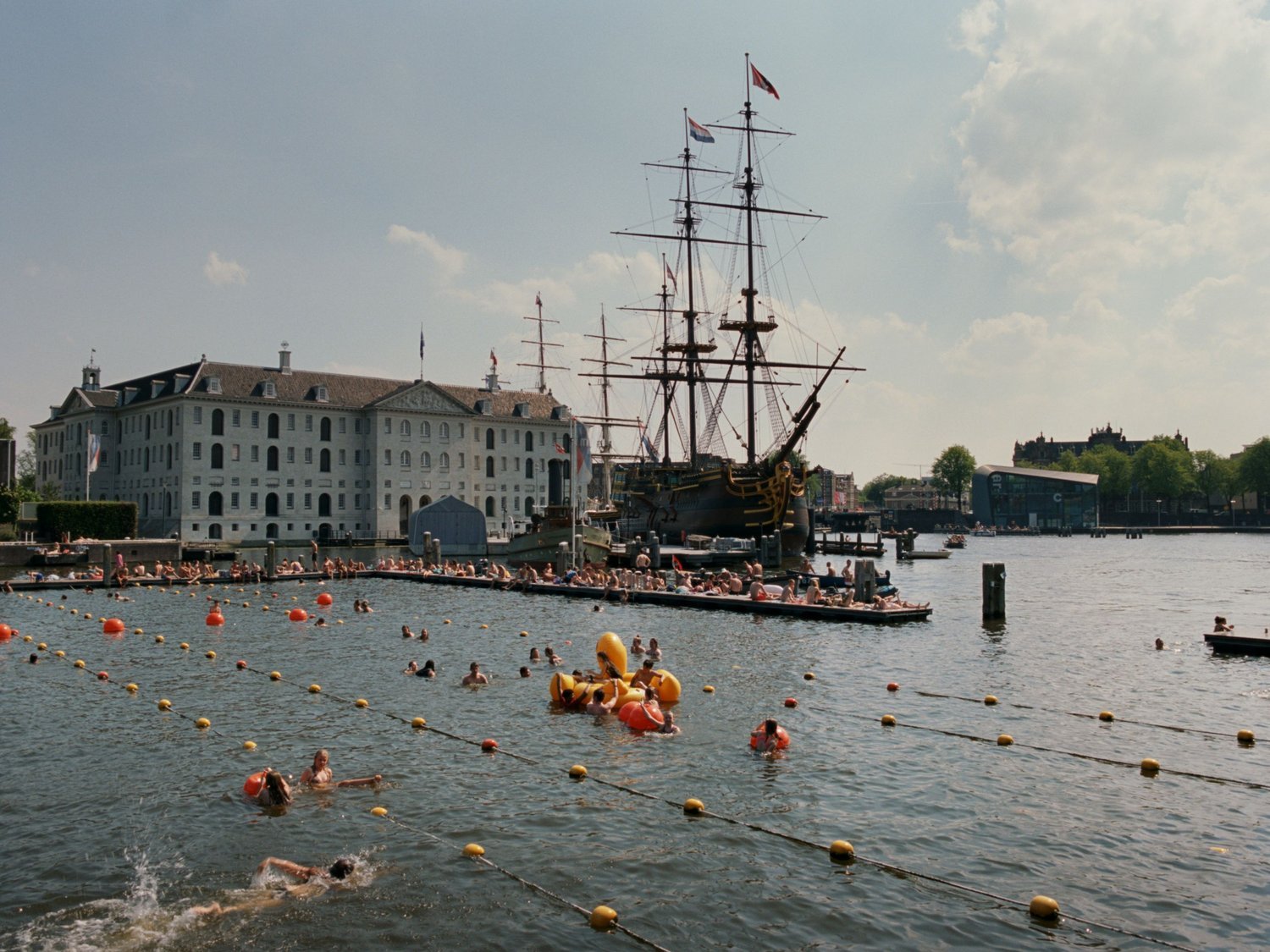The past collides with our precarious present in Steve McQueen’s monumental documentary Occupied City, informed by the book Atlas of an Occupied City (Amsterdam 1940-1945) written by Bianca Stigter. McQueen creates two interlocking portraits: a door-to-door excavation of the Nazi occupation that still haunts his adopted city, and a vivid journey through the last years of pandemic and protest. What emerges is both devastating and life-affirming, an expansive meditation on memory, time, and where we’re headed.
Steve McQueen and Bianca Stigter talk about the making of Occupied City and the importance of bringing the past into the present.
Read the full interview and more about the film in our online Occupied City booklet below:

STEVE McQUEEN: I think the film is about pushing the conversation forward. It’s a progression of a conversation that has been ongoing. And the conversation is different now, because there are these questions of erasure—and non-erasure. In Amsterdam, you have a city where many of the buildings people used in the ’40s are still here, still of the same scale… The past is right there, physically, within our present. Bianca and I talked about the film as being almost like an excavation, bringing the past out into the current city and reinforcing the past in that way.
BIANCA STIGTER: Growing up in Amsterdam, I remember my friends and I would play on the Women of Ravensbrück memorial on Museum Square, running around between the pillars when we were 7 or 8, because we had no clue what it was for… because those stories weren’t activated. Even though there are a lot of monuments, plaques, and commemorations of the war in Amsterdam, it can become just background, like the trees. I think what Occupied City does, by letting you see people using the city now while you hear what went on 80 years ago, re-activates these stories, so they’re present again.

BS: [The Atlas] began when I was studying history and my dad asked me a question about how the Germans took over Amsterdam in practical terms. He asked how did it actually happen? Did they just ring the bell and say, “give this building to us?” And I didn’t know that answer. I started looking and I got more and more into it. I discovered that most places where things happened during the occupation were not really known anymore. And the first thing that had gone was where the perpetrators were in the city because of course there are no monuments to them. So, I wondered, where were the occupiers? How did they organize the Holocaust in Amsterdam? Where were the resisters?
BS: I tried to write the text in as matter of fact a way as possible in the book. And I wanted it to be the same in the film’s narration. The facts can speak for themselves. It is intended to be as concise as possible, so that all judgement, no matter the situation, is left to the viewer.
SMQ: I like that the voice has an almost non-committal quality. I think it helps the viewer to draw their own pictures in their mind, because they’re not given any particular emphasis or dramatic sort of leaning.





